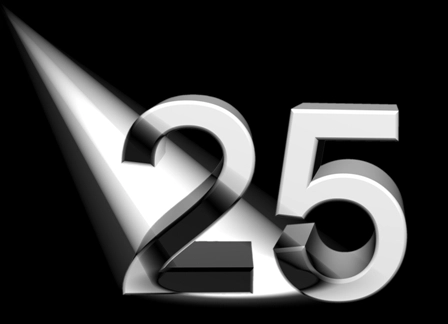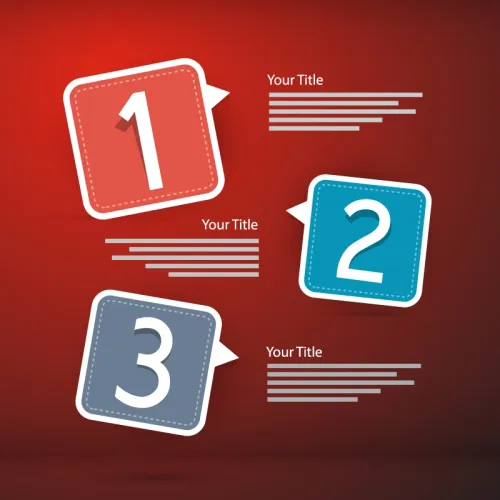69610 Covers Tube Removal Plus Ear Drum Patch
Question: The following report was submitted by one of our physicians: “The inferior myringotomy tube was removed with an Alligator forceps. A small piece of cigarette paper was placed over the perforation. Bacitracin ointment was used to coat the paper patch and a cotton ball was used to dress the meatus.” The surgeon stated that he did a paper patch myringoplasty in addition to removal of tube. Does his dictation support 69620, or is there a better code? I thought 69624 would cover removal of tube. Should I bill 69624 only?
Montana Subscriber
Answer: You should submit only 69610 (Tympanic membrane repair, with or without site preparation or perforation for closure, with or without patch).
Explanation: The simplest tympanic repair is often referred to as a paper patch and is reported with 69610. During this procedure, the surgeon patches a small puncture of the eardrum with a cigarette-type paper (typically in the otolaryngologist’s office). Three or four applications of a patch may be needed before the perforation closes completely.
The paper-patch technique sometimes fails, and even if the patch is placed correctly, it doesn’t always provide prompt or adequate closure of the tympanic membrane perforation. In such cases, the otolaryngologist may need to perform myringoplasty, which involves using a fat or soft-tissue graft (usually temporalis fascia) to repair the perforation. Unlike the paper patch, myringoplasty is typically performed in the operating room and is coded with 69620 (Myringoplasty [surgery confined to drumhead and donor area]).
CMS reasons that the otolaryngologist must remove the tube prior to patching the ear drum, so bundles 69424 (Ventilating tube removal requiring general anesthesia) as a component of 69610. That’s why you should code a tube removal with ear drum patch as 69610.




